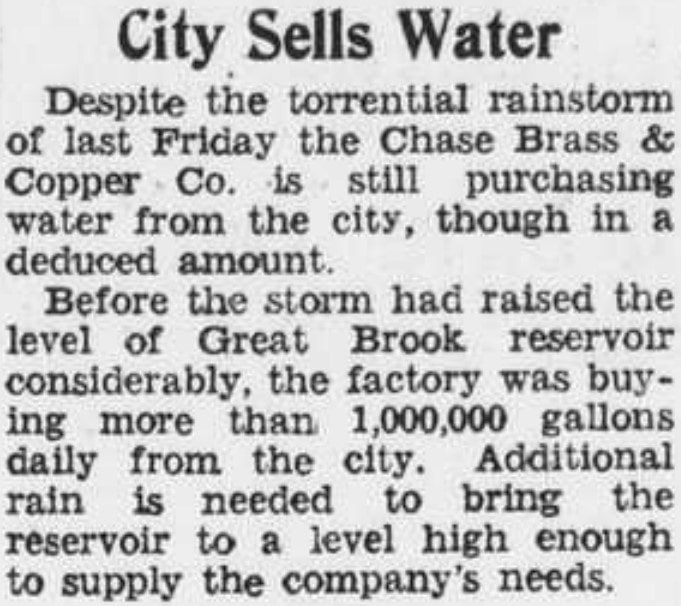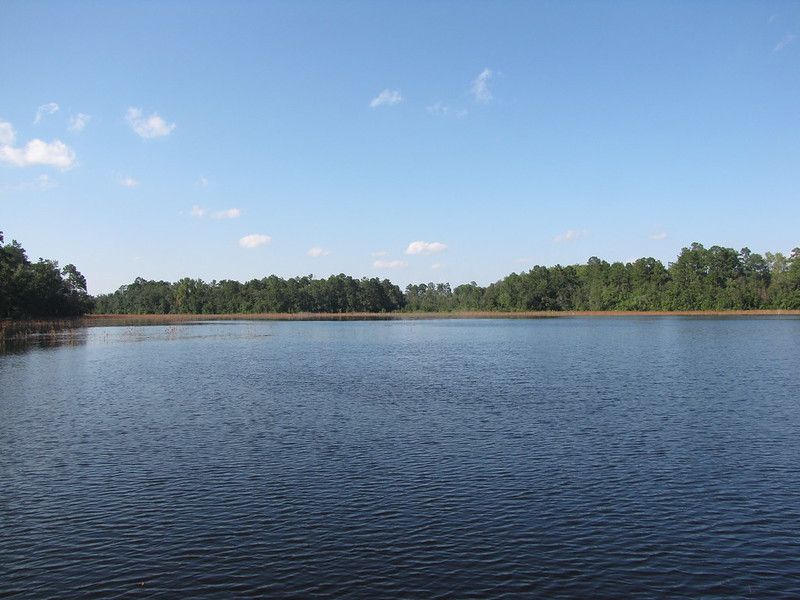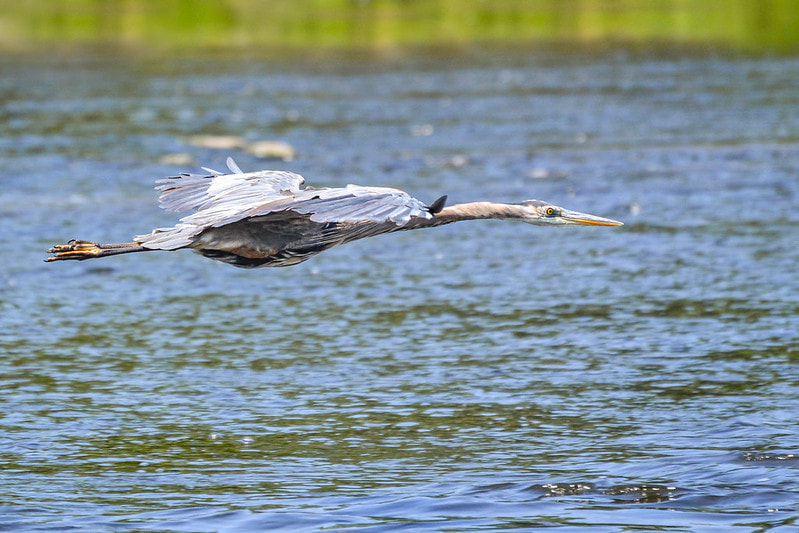|
Dams and Status
There are 31 dams in the City of Waterbury, and the City of Waterbury owns at least 1 dam that is not within the city limits. There are at least 5 dams that are considered to be "high hazard potential". The City only owns 2 of those dams, and the other 3 are privately-owned. There are at least 2 dams in the City which are of unknown ownership. Both of those dams have a hazard rating of "unknown". How is it that nobody knows who owns these dams, and why are they not owned by the City by default? Out of all 31 dams in the City, only 3 are owned by the City, and the others are all either privately-owned or we just have no clue who owns them. 15 Dams
Some sources list the Chestnut Hill Dam as being in Waterbury, but it is nearly a mile into Wolcott. Similarly, some sources list the Echo Lake Dam as being in Waterbury, but it is clearly in Watertown / Oakville. At that time, Chase Brass & Copper Co. used water from the Great Brook Reservoir, colloquially "Lakewood Lake", to supply their needs. The reservoir was created specifically for manufacturing purposes.
One week prior, the company suffered huge inventory losses due to a 15-hour rainstorm which flooded their factories. Click here for information regarding an important message for all Waterbury citizens regarding the Water Department and personal safety.
Waterbury
|
State: Waterbury Can Take Anyone's Water
In 1893, the legislature authorized Waterbury to increase its water supply by taking water from any source within New Haven and Litchfield counties.
|


















